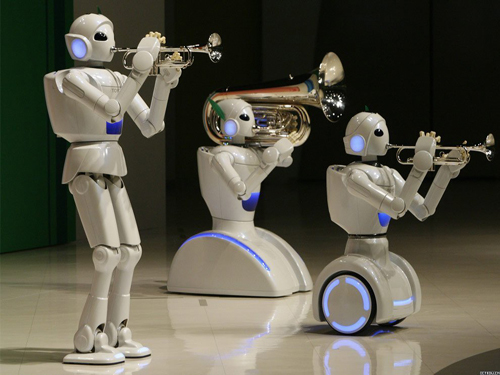
When we entered the "brain" of robots - the control system, we did not have the support of capital. From the early stage of research and development in 2005, we officially registered the company in 2012, and now we have achieved sales leadership of domestic brand robot control systems for three consecutive years. It can be said that we have found at least one way to survive.
Some people doubt that we are still a start-up company with dozens of people. Why is it in the control system of domestic robots? First, it has the largest sales volume and has a large number of large customers such as BYD; and second, it is about five years after the company was established. There is an increase in sales year after year.
These two points allow us to get the attention of the industry counterparts, but also attracted many investors to visit. Earlier, we did not have capital support to start from scratch, relying on the core team is mostly mechanical, automation and other technical personnel, with more than a decade of motion control technology, computer technology, software technology business experience. Since the second half of last year, we have also opened up some of our capital, but we still have our own steadfastness: We prefer capital that recognizes our business model to give a more relaxed environment, and it is best to do the capital of industry.
Behind the increase in sales
We are a technology company specializing in R&D, production and sales of industrial robot control systems. Although four of our five core teams are “Rong Floaters†(outsiders in Chengdu), everyone has chosen the Chengdu city unanimously, because everyone is familiar with this and the start-up cost is low, so in 2012, Chengdu Canopus Automation Control Technology Co., Ltd. landed in the Longtan Headquarters Economic City, Chenghua District, Chengdu City. When it started, the company did not have the capital to support the second-largest team.
What makes me happy is that even though our team still has dozens of people, our own R&D robot control system products have soared. In 2014, sales of controllers were more than 800, and total sales were over 12 million. In 2015, the company achieved sales of 1,450 sets of industrial robot control systems and achieved total sales of more than 17 million yuan. This year, we expect that sales volume will be no less than 2,500 units, and the market share of domestic robot control will be no less than 30%.
Behind the ever-increasing sales volume, we continue to carry out technological innovations from the comprehensiveness of reliability and functionality, build our own brand, and develop applications and functions from industries we are familiar with as far as possible to avoid aggressive foreign-funded enterprises.
Controllers, servomotors and speed reducers are called the three core components of the robot. Although the cost of the controller in the robot body accounts for only 10-15%, the controller has the name of the robot “brain†for robots. The impact of performance is very large, and the Chinese robotics industry originally started late and scattered in less than foreign countries. Ontology companies mostly lack independent research and development and imitation is not rare. Entering the controller industry with lower R&D difficulty has become the primary channel for Chinese companies to compete with foreign key component companies.
Accumulation of technology and brand reputation is not a success. As early as 2005, we started to develop industrial robot control systems. Two years later, in 2007, we developed the first generation of industrial robot systems and began to gradually apply them in the domestic market. This time with the well-known domestic industrial robot manufacturers and application vendors. With cooperation, we have accumulated a certain amount of customer resources. As a result, we have become one of the first companies in China to apply the domestic industrial robot control system to practice. In 2010, we launched the second-generation robot control system. Another year later, we completed the functional requirements for calibration, painting, palletizing, welding processes, vision, and tracking, which are more in line with domestic market demand.
In 2012, the company was formally established. It is from this year that the company has obtained a number of software copyrights, invention patents and appearance patents. It is very obvious that technology continues to break through and responds to product changes. At the 2016 Shanghai International Robot Expo from July 6th to September 9th, three new products were introduced, including RTEX bus robot controller and integrated control system for controlling the robot.
We went all the way on the way to new iterations. Some people even wonder why the company has continued to maintain profitability for five years in the midst of the unprofitability of China's core components. This is because we have implemented a pushback profit model to ensure that the capital chain is in a virtuous circle.
Inverted profit model
Although it looks like we are in a somewhat different situation than our domestic counterparts, we still face the same "sky". Servomotors, speed reducers, and controllers are the three core components of the robot body. We must face the foreign companies firmly. The monopoly position, at the same time find their own advantages, take the differential route.
Therefore, we focus our R&D efforts on the comprehensiveness of reliability and functionality. At the beginning of product design, we fully considered the reliability. We conducted related reliability design and testing from the platform, hardware, and software, compared with similar products. There are obvious advantages; in terms of the comprehensiveness of functions, we entered the field of robots earlier and accumulated a large number of customer groups in the early stage, accumulated a large number of functions and technology packages, and have practical applications. However, we still need to improve is to further enhance the robot control of the sports type, and further improve the process.
Because we develop application functions according to the industries we are familiar with, we have our own unique development space. Based on the internationally popular open software and hardware platform, with its own dedicated multi-axis motion control card, data acquisition card and so on, our second generation robot control system is now widely used in painting, welding, handling, palletizing In the fields of polishing and grinding, many well-known companies have become our customers.
Although the gross profit rate of our products is relatively high, due to the large investment in development and the relatively high cost of software, the actual net profit is relatively low.
In this case, how to maintain the profitability of the company and the healthy cycle of the capital chain?
We adopt a reverse-pivot profit model because there is no external capital, so we set a profit target in advance, and then set an input plan, that is, from the sales, expected input, and overall cost, in turn, push backwards to plan the operation under profitable conditions. Ideas, to the proportion of investment in the allocation of controller technology R & D, of course, we are in the proportion of technical input is the bulk of the. This has achieved our continuous profitability for the past five years.
Favored to be the capital of industry
At first, we chose the robot controller as the main attack direction. After a lot of market research, we made the decision. In recent years, with the rise of the Chinese robot industry, we have also been driven by the development of the core component companies of the upstream industry chain.
However, the competitive landscape is still brutal, especially in the face of foreign key component companies, and foreign robot manufacturers have independently developed control systems, which originally had such advantages. Secondly, they can combine the characteristics of their own robots to achieve optimal control effects. Nowadays, Chinese robot manufacturing Many companies purchase core components from foreign companies. 75% of the global market for precision reducers is occupied by two Japanese companies. Yaskawa, Japan, is the world's largest supplier of servo motors. The controllers are also used by ABB, Kuka, and Yaskawa. control.
The way out for domestic robots is to work hard at the price/performance ratio and have a good experience in industrial applications. The key point is to increase the localization rate of the three core components, and then the cost control is better, and then there will be more. Big market space. At present, the localization rate of the control system for domestic industrial robots has exceeded 50%.
I am still optimistic about the counter-attack of domestic robots. In the Chinese market, foreign robots account for over 90% of the total, and in the next 5 years, the proportion of domestic industrial robots in the Chinese market will increase to more than 50%. Among them, domestic manufacturers will adopt a higher proportion of controller brands. 60%, this 60% is the market for our domestic industrial robot controllers.
The original robot has a higher cost and a narrower application area. Now that domestic robots have been rapidly developed, we are also doing some new explorations such as laser tracking. The technical standards are also similar to those of foreign countries, but the cost is one-third of that of foreign countries. This is a joint development between us and the companies in Beijing.
And compared to foreign robots, we have another great advantage is that the cost of follow-up maintenance of procurement is low, in this regard, the domestic cost performance is almost half of the foreign countries, foreign robots are higher in the use and maintenance costs.
Earlier we focused on technology-based companies, so we did not consider introducing capital. Until the second half of last year, we began to consider the introduction of some capital as the company's development progressed. However, we have our insistence that investors should come in. Do not seek good results in the short term, but long-term steady growth, and can play a certain stickiness to our business development, the best is done before the industry, because such capital is more likely to have a rational understanding of the industry.
Elbow is called Butt-welded Elbows or Butt-welding Elbows, it's a kind of common pipe fitting for connecting two pipes with same or different nominal diameters, then make the pipeline turn in certain angle. In pipeline system, elbow is used in changing the direction of pipeline. It accounts for 80% of all used pipe fittings in pipeline system, which is the largest ratio.
Welded Elbow: 1/2"~78" DN15~DN1900
Outside Diameter:ASME, JIS,DIN
Wall Thickness: JIS, DIN,sch10, sch20, sch30, std, sch40, sch60, xs, sch80, sch100,sch120, sch140, sch160, xxs, sch5s, sch20s, sch40s, sch80s
Materials:Carbon steel: ASTM/ASME A234 WPB.WPCAlloy steel: ASTM/ASME A234 WP 1-WP 12-WP 11-WP 22-WP 5-WP 91-WP 911
Stanless steel: ASTM/ASME A403 WP 304-304L,ASTM/ASME A403 WP 316-316L,ASTM/ASME A403 WP 321-321H ASTM/ASME A403 WP 347-347H
Industrial processes:bending,squeezing,pressing,forging,machining and more
Applications:Our pipe reducers are widely used in many industries,such as petroleum,power generation,natural gas, chemicals, shipbuilding, papermaking and metallurgy,and so on.
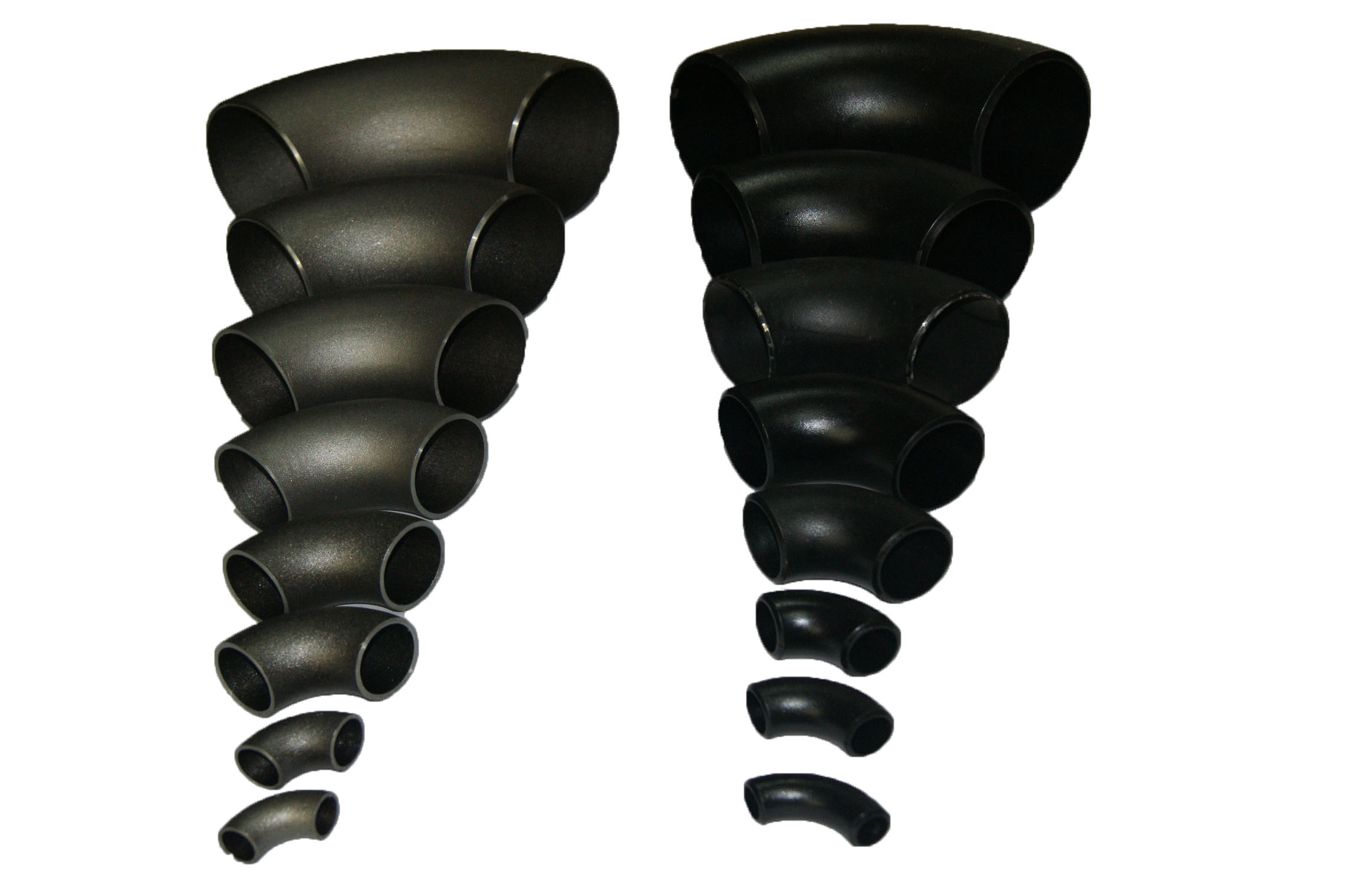
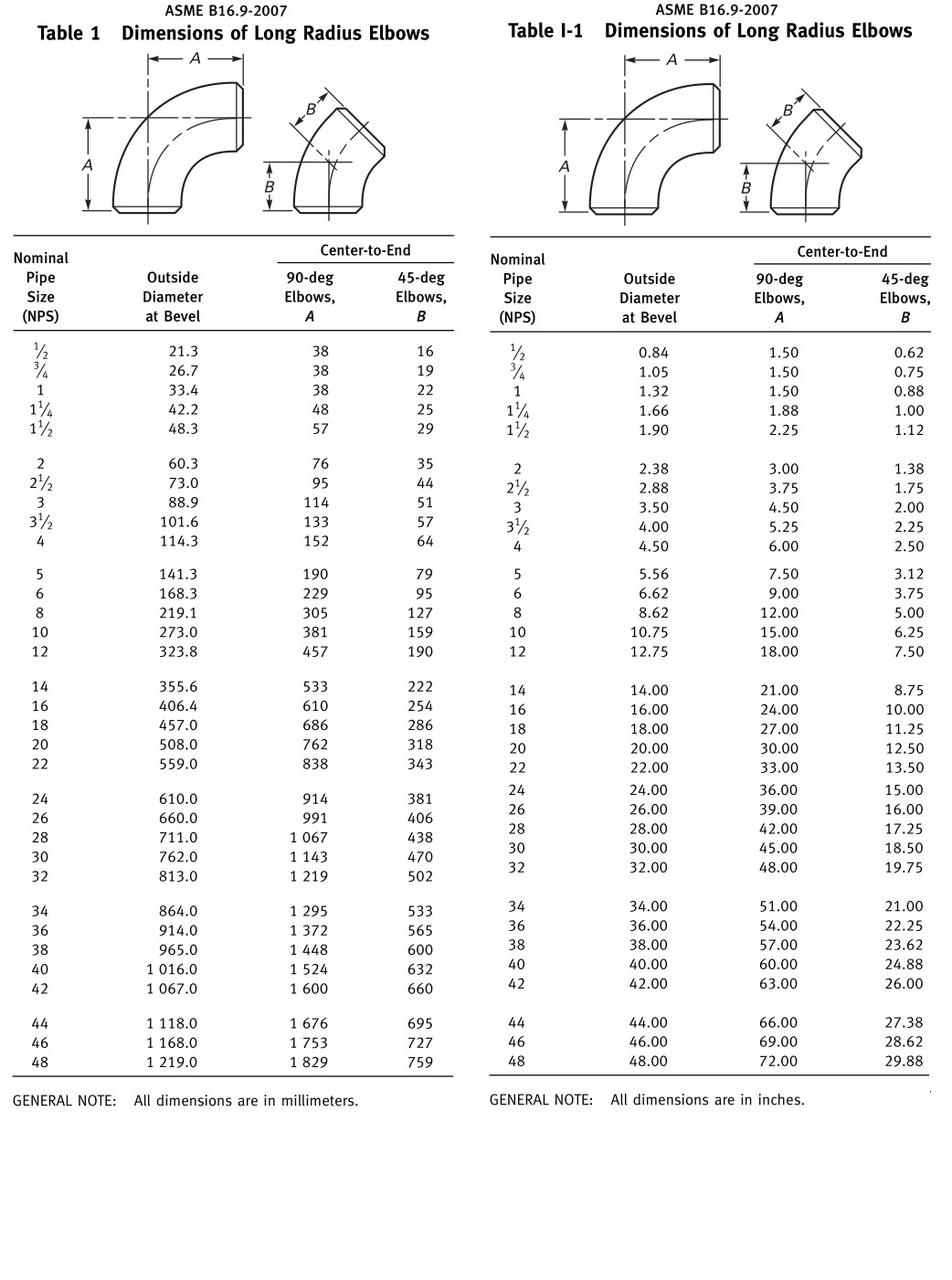
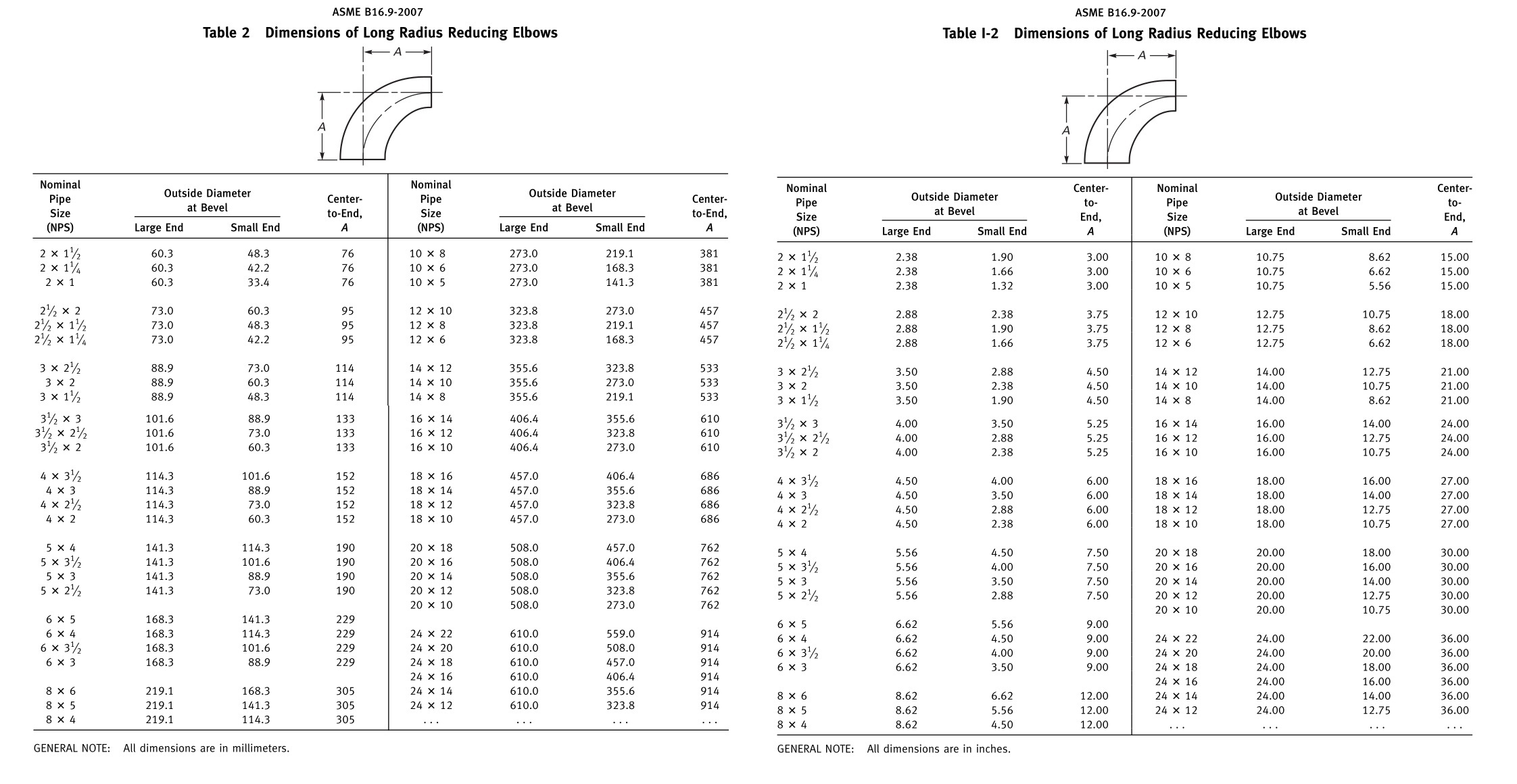
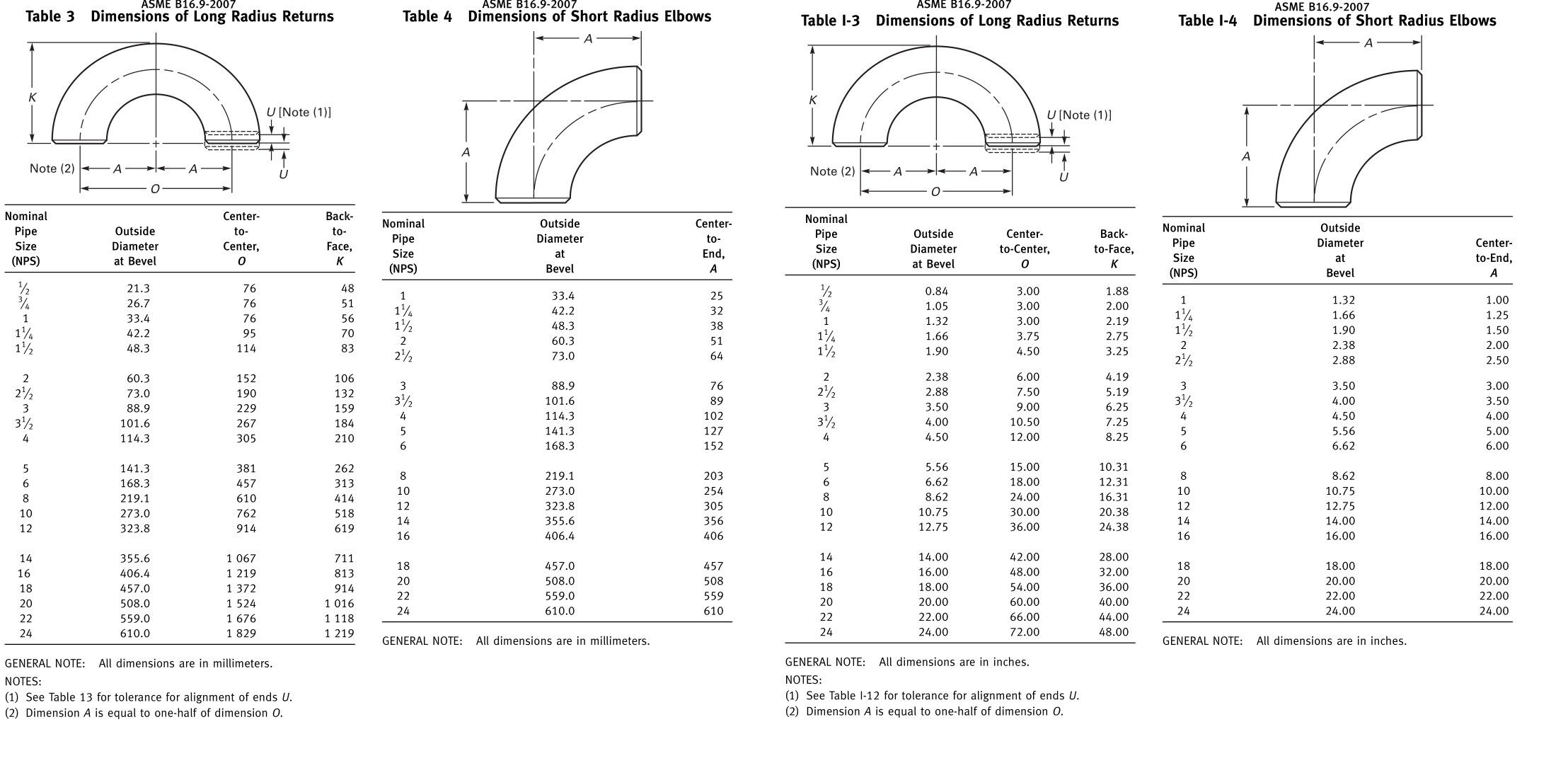
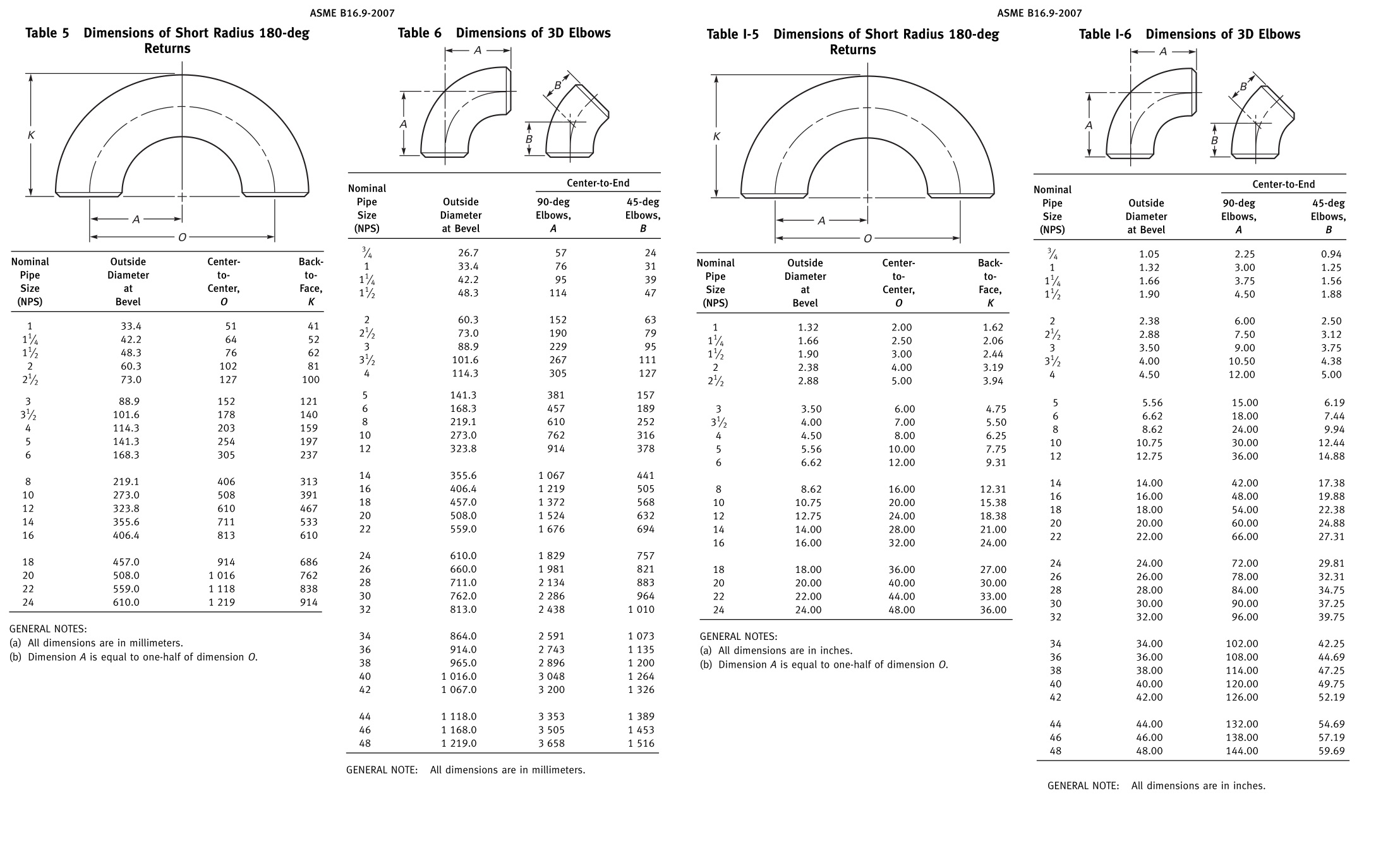
Steel Elbows,Carbon Steel Elbows,Butt Welding Elbows,Butt-Welding Pipe Elbows
HEBEI ZIFENG NEW ENERGY TECHNOLOGY CO.,LTD. , https://www.zifengpipeline.com